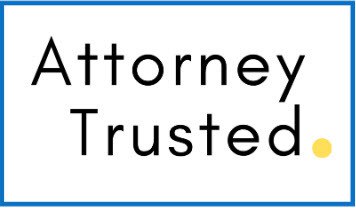When most people think of anabolic steroids, they think of bodybuilders and weightlifters attempting to gain strength and mass. Do you know what anabolic steroids actually are, though? And do you know how they can be used, misused, and abused?
As a DEA Schedule III substance, anabolic steroids have known and accepted medical uses and they have relatively low-risk levels for abuse and/or dependency. Other drugs besides anabolic steroids on this schedule include ketamine, products with fewer than 90 mg of codeine, and others. Basically, if you have a prescription for anabolic steroids and you are in possession of no more than the prescribed, proper amount of the drug, you will be in no danger of criminal charges. However, there are ways in which people illegally abuse anabolic steroids every day.
Drug Details – What Are Anabolic Steroids?
The actual proper term for anabolic steroids is “anabolic-androgenic steroids.” These are variations that are synthesized to mimic testosterone, the male sex hormone. As far as what anabolic steroids do, the term “anabolic” refers to muscle growth, while the term “androgenic” refers to an increase in male sex traits.
Anabolic steroids are often prescribed by physicians and other healthcare providers to treat a number of conditions, including hormonal deficiencies or imbalances, muscle loss, and others. Those who abuse anabolic steroids generally do so to boost their performance in their sport or career or to gain a more muscular physique.
A Brief History of Anabolic Steroids
In terms of scheduled drugs, anabolic steroids are relatively new. In the 1930s, scientists synthesized male sex hormones to help men produce more of the hormone to achieve normal growth and development.
A few years later, scientists discovered that malnourished soldiers fighting in World War II could gain weight and improve their endurance and performance when given these synthetic hormones. After this discovery, athletes began using synthesized testosterone as performance-enhancing drugs leading up to competitions.
After observing the Soviet athletes’ vastly improved performance in the 1956 Olympic Games, Dr. John Bosley Ziegler, an American physician, created a more focused and selective type of synthetic hormone, and anabolic steroids as we know them today were born. From then until the early 1970s, steroid use went unchecked, and not just for Olympic athletes. Professionals and even high school athletes were using them, as well. However, in 1975, the IOC (International Olympic Committee) banned steroid use for all athletes.
This, of course, did not stop black-market steroid sales. Steroid use was still so popular that the US Congress was forced to pass the Anabolic Steroid Enforcement Act of 1990, which – among other things – made anabolic steroids a DEA Schedule III substance.
Street Names for Anabolic Steroids
Some prevalent street names for anabolic steroids include:
- Juice
- Pumpers
- ‘Roids
- Gym Candy
- Steroids
Market names for these drugs include:
- Oxandrin
- Depo-Testosterone
- Anadrol
- Durabolin
- Equipoise
Side Effects of Using Anabolic Steroids
Just a few of the potentially harmful side effects of anabolic steroids are:
- Shrunken testicles
- Testicular cancer
- Low sperm count
- Breast growth
- Infertility
- Sexual dysfunction
- Aggressive or violent behavior (often called “roid rage”)
- Male-pattern baldness (in both men and women)
- Changes in menstrual cycle
- Stunted bone growth (for developing teens)
What Does the High From Anabolic Steroids Feel Like?
Unlike other scheduled substances, there is not a “high” that goes with taking anabolic steroids. Those who abuse steroids generally enjoy faster recovery after hard training sessions and more muscle growth and development in less time.












